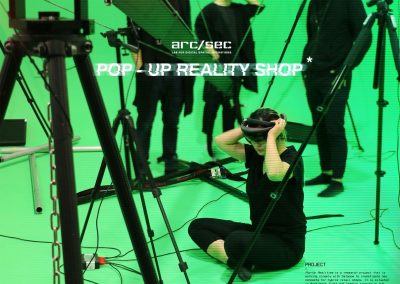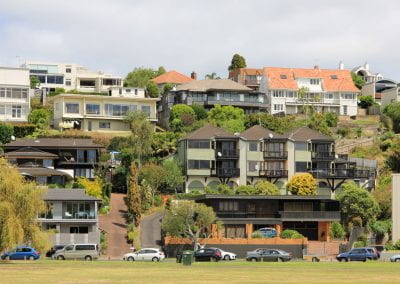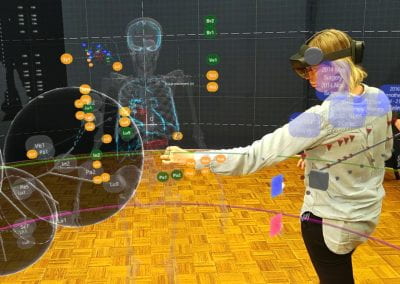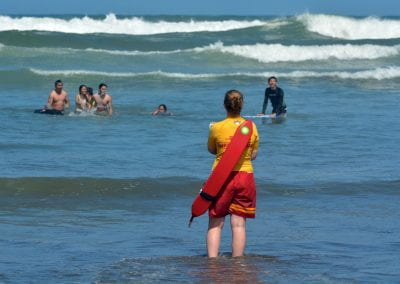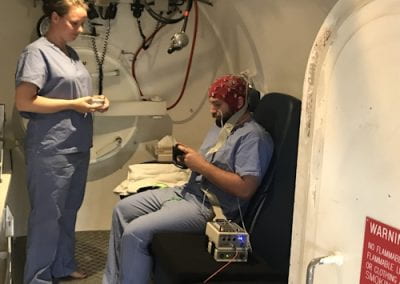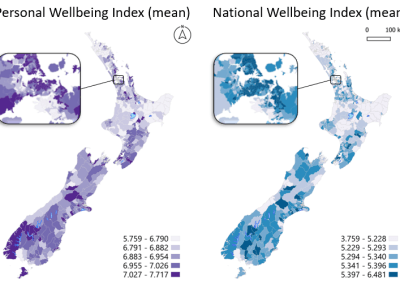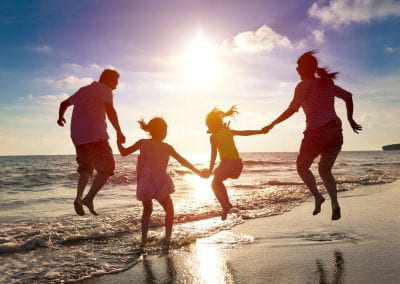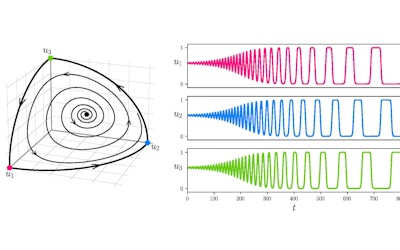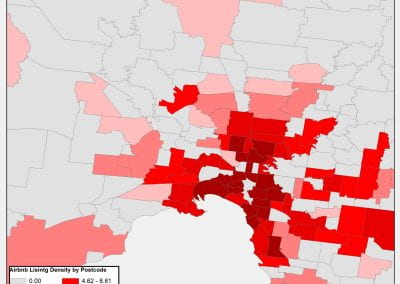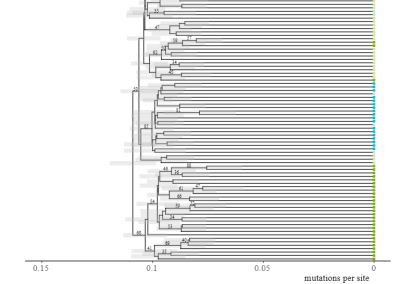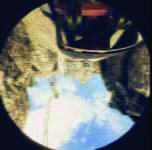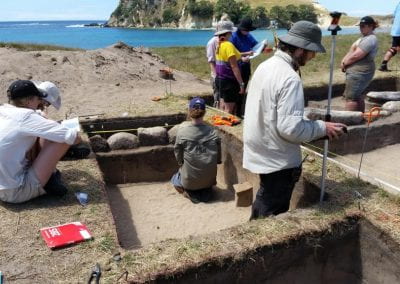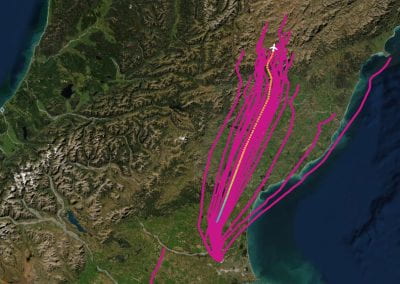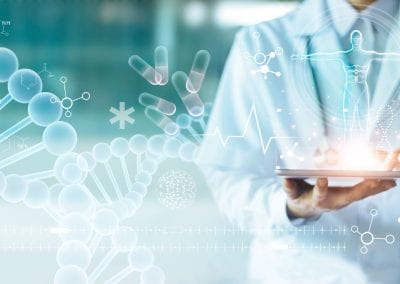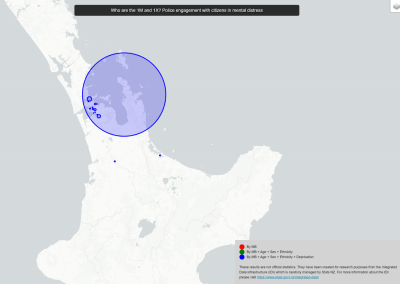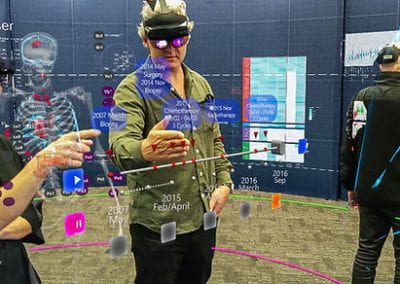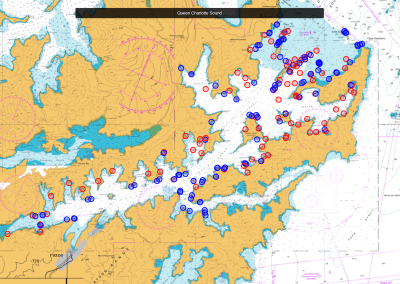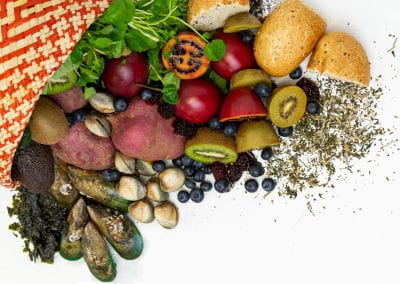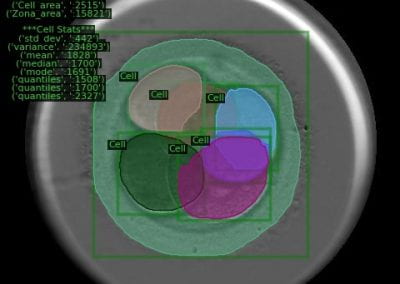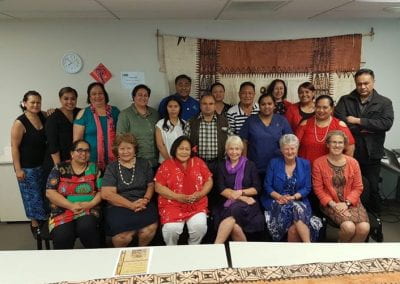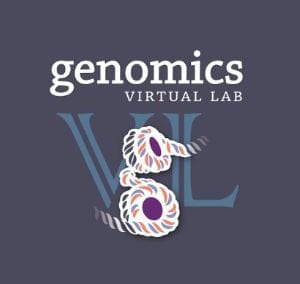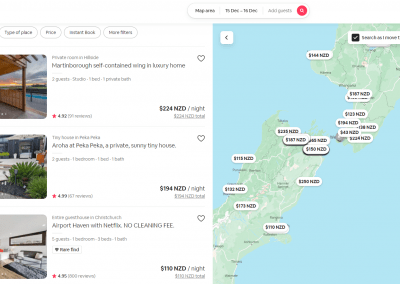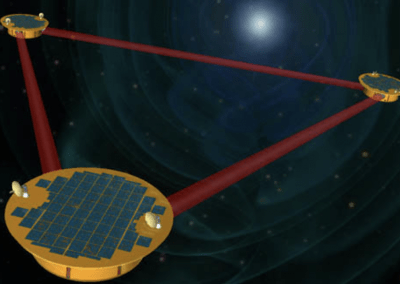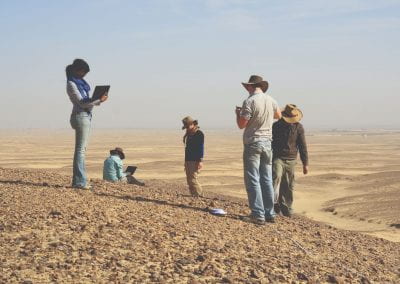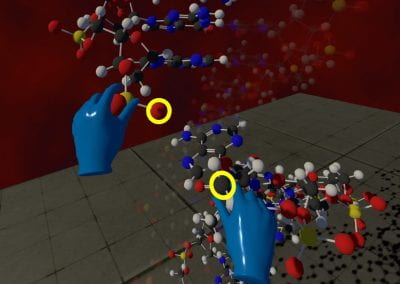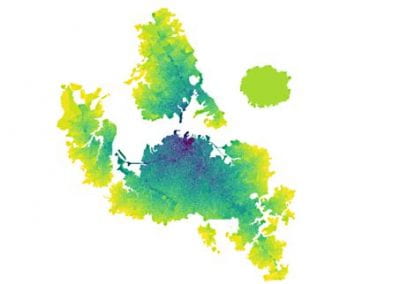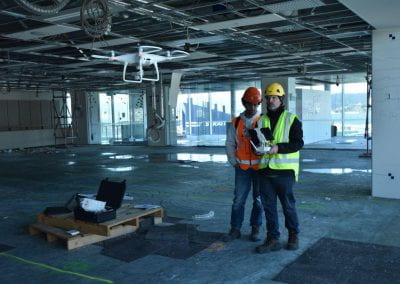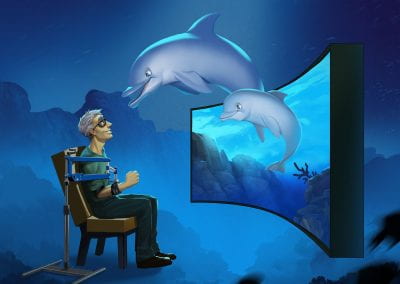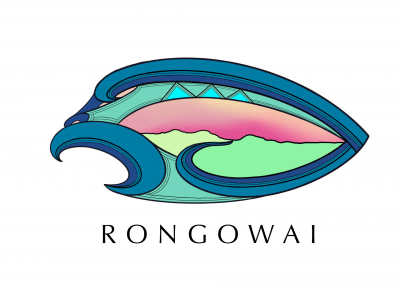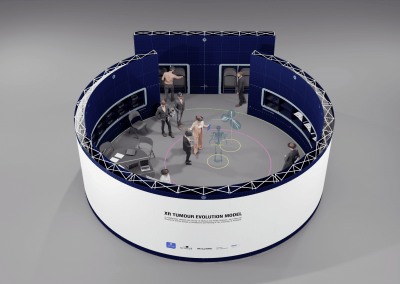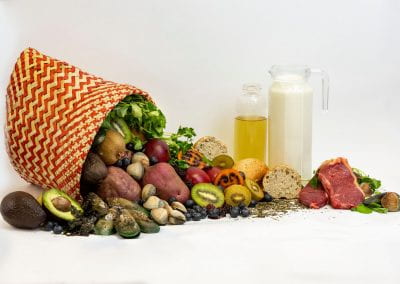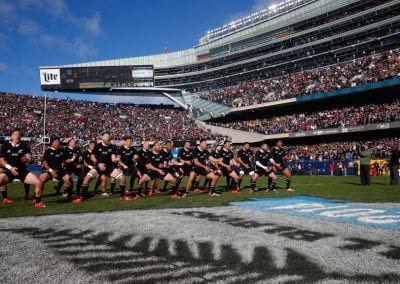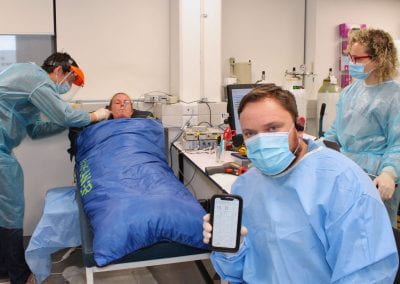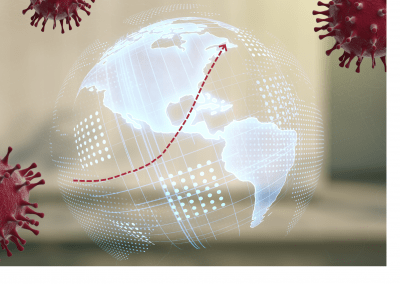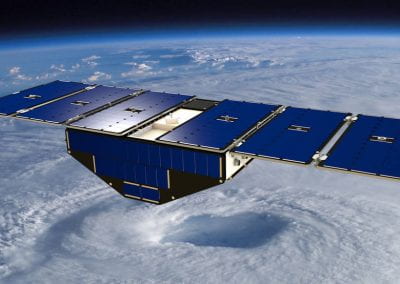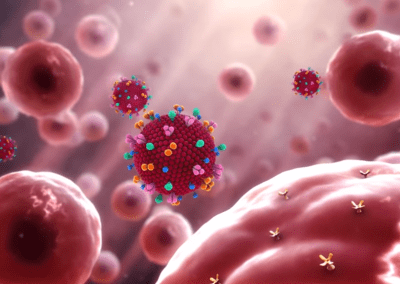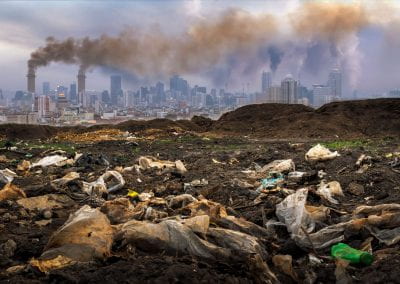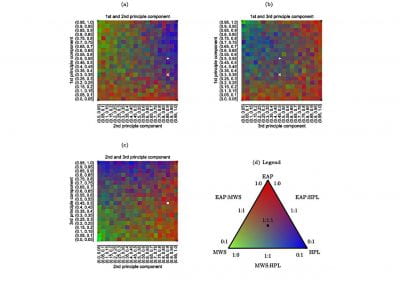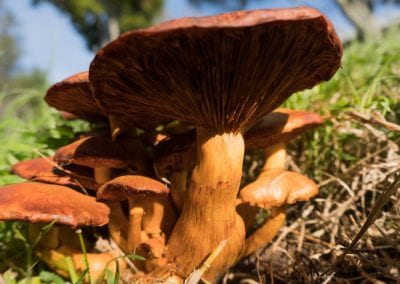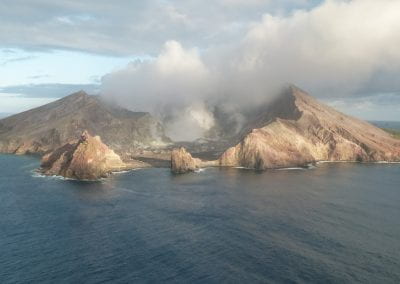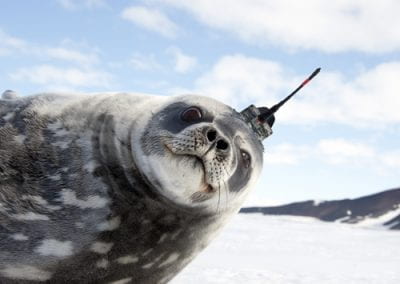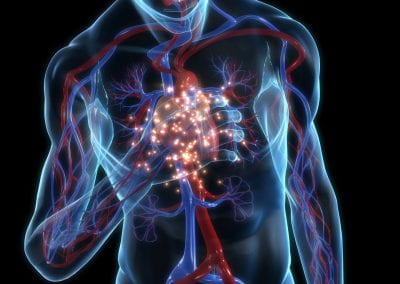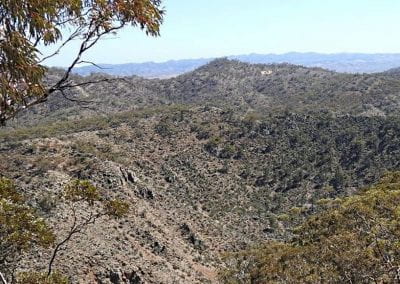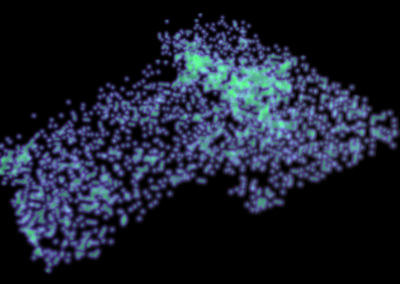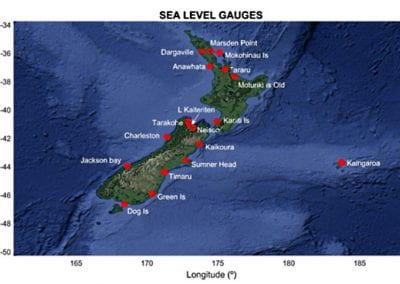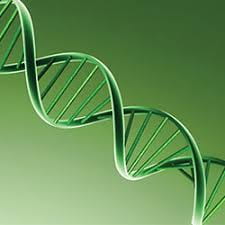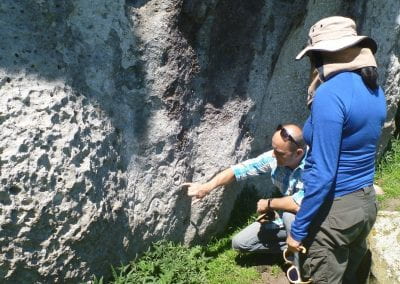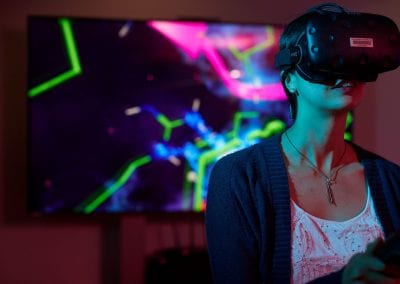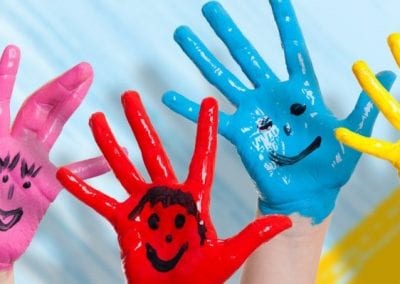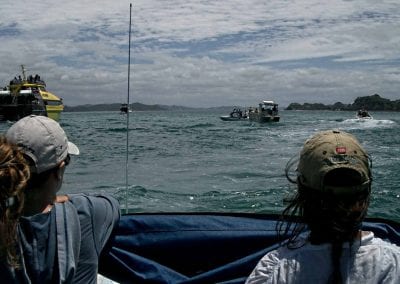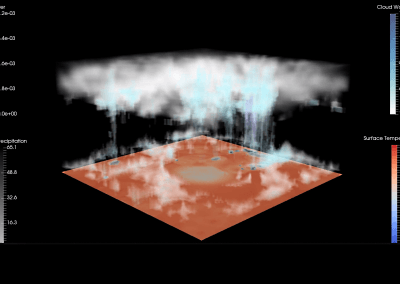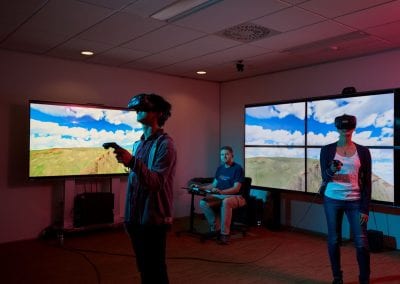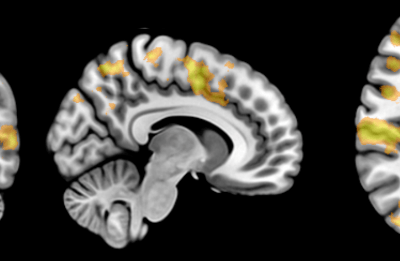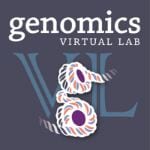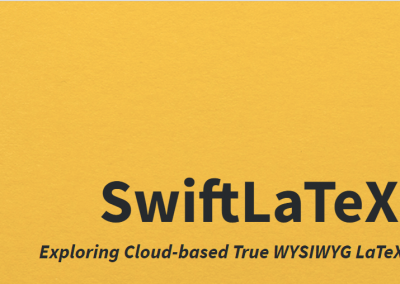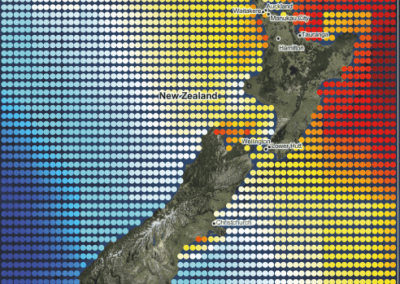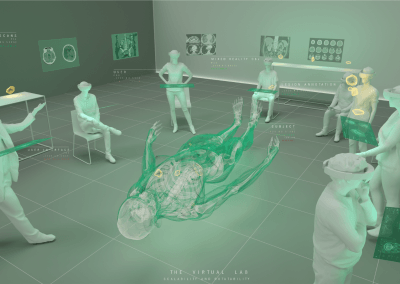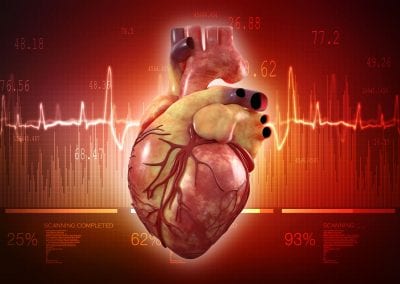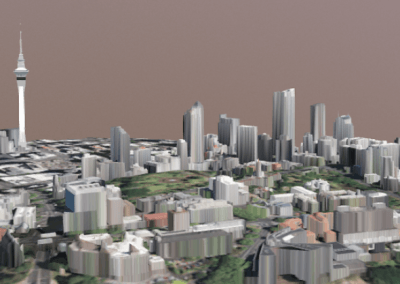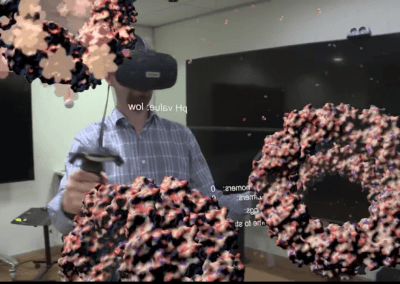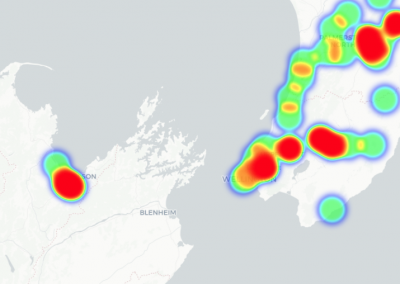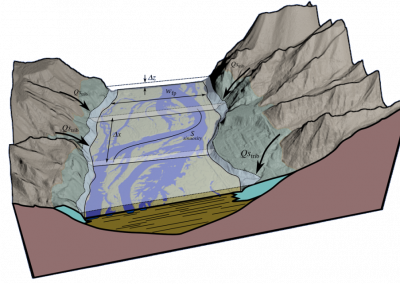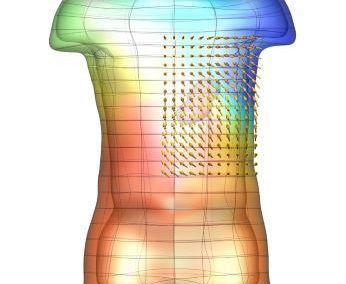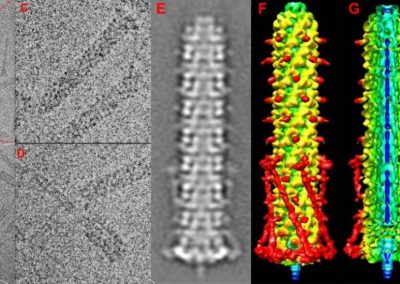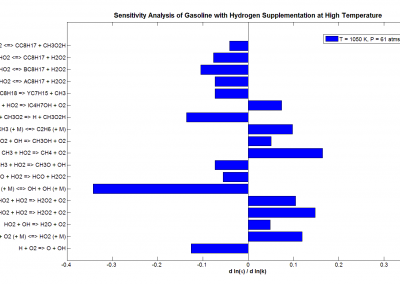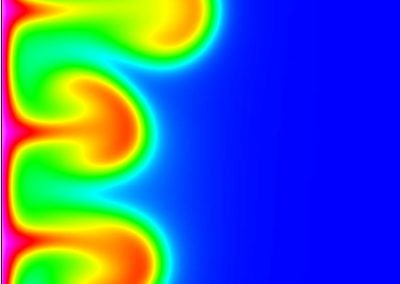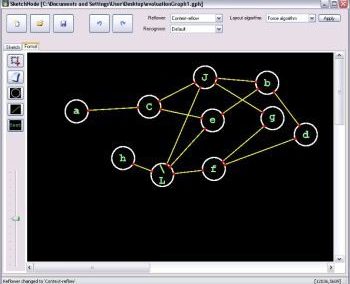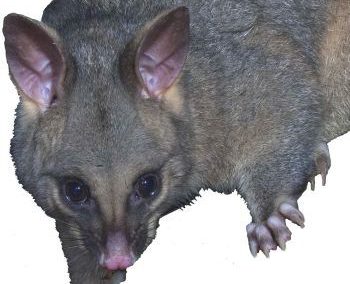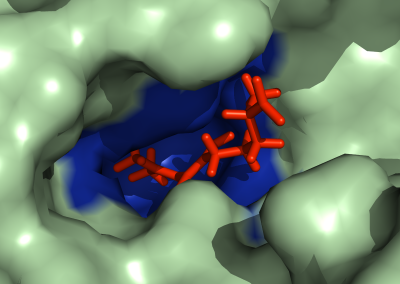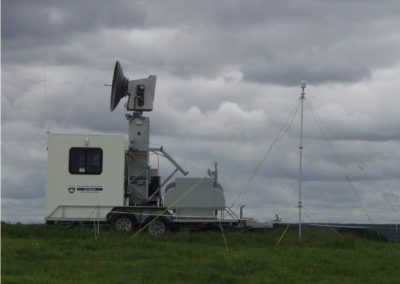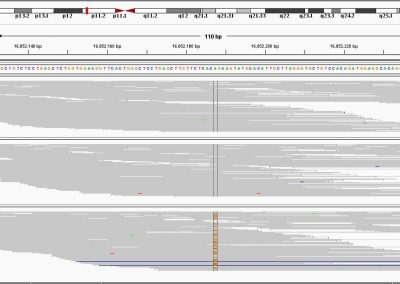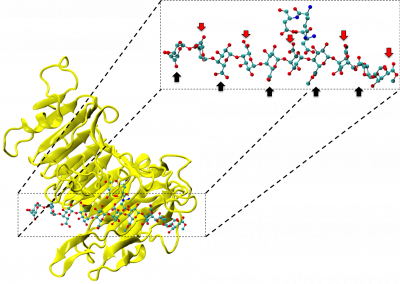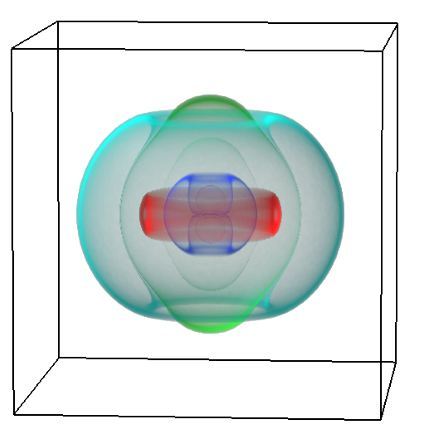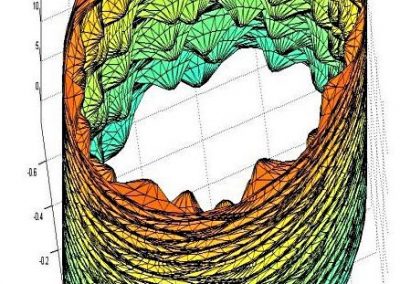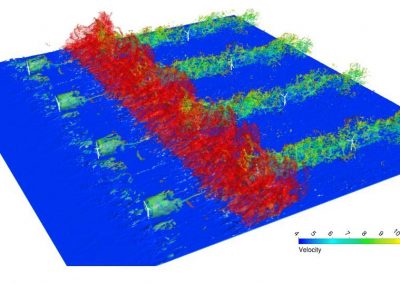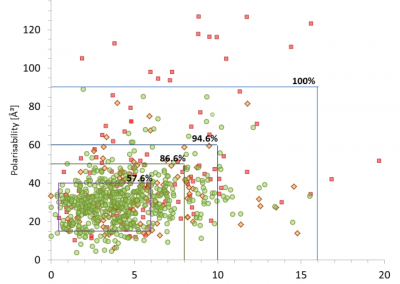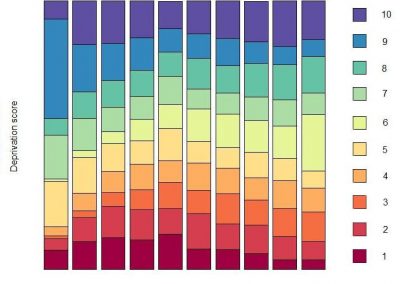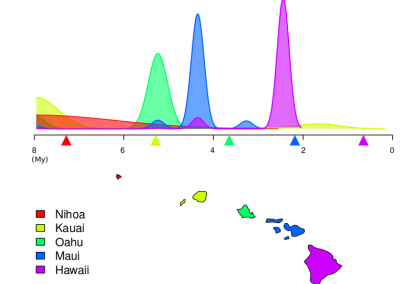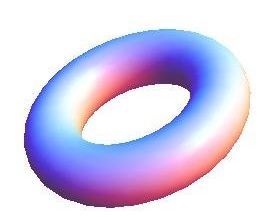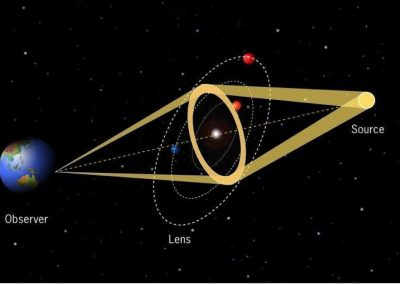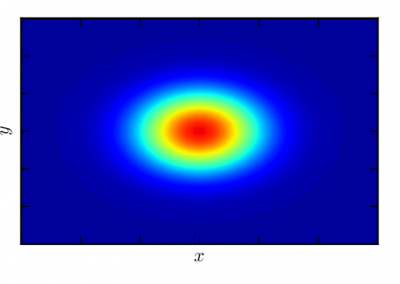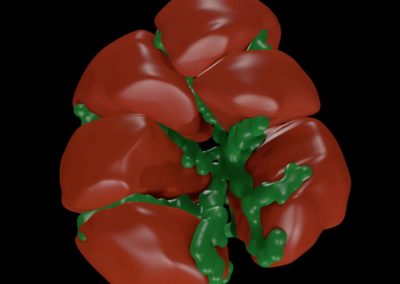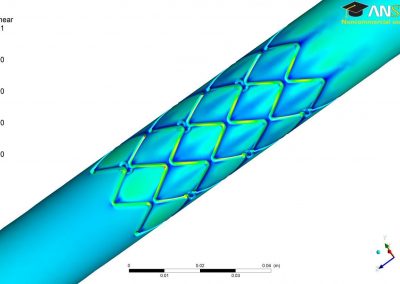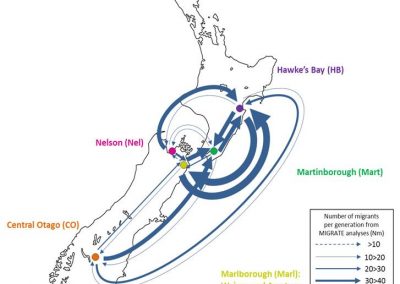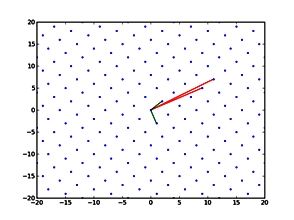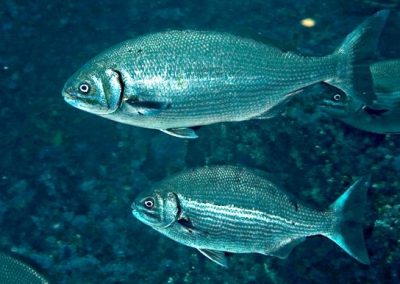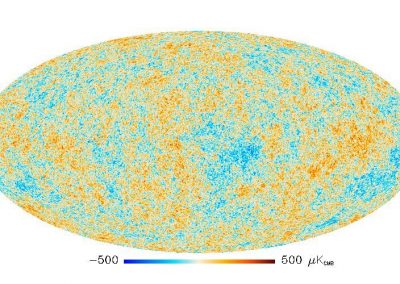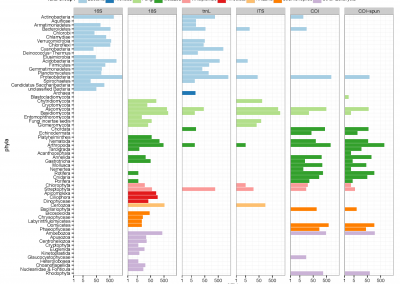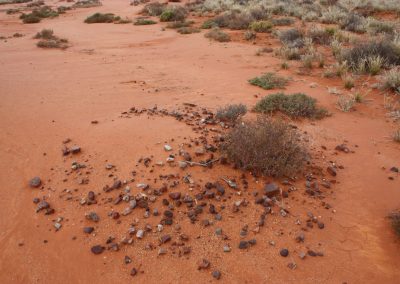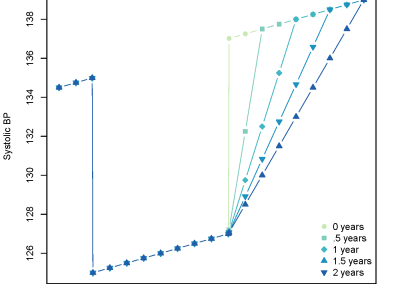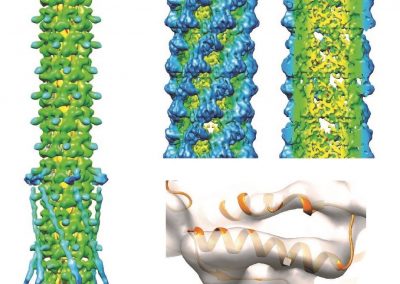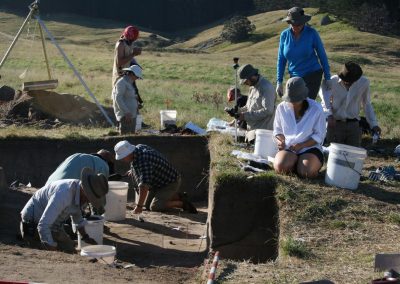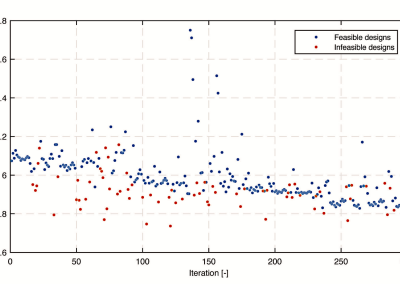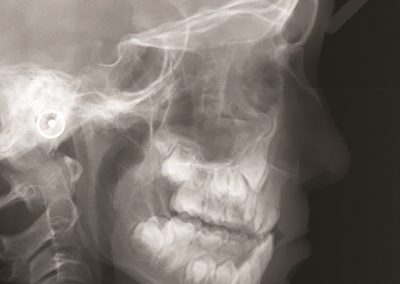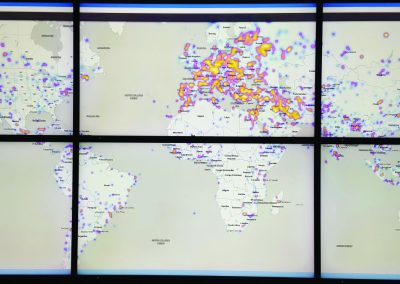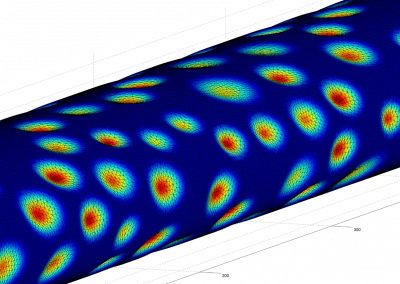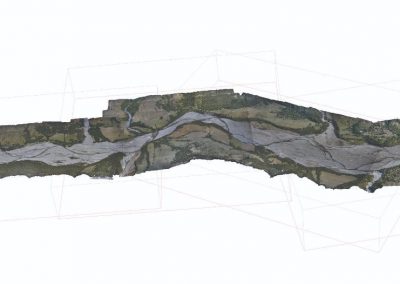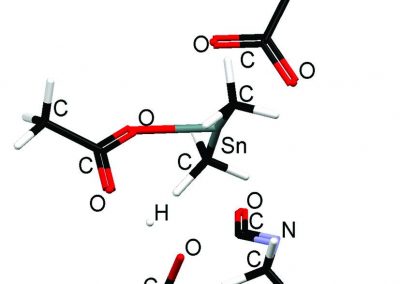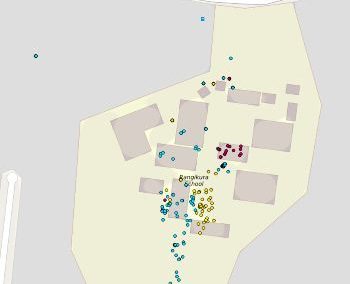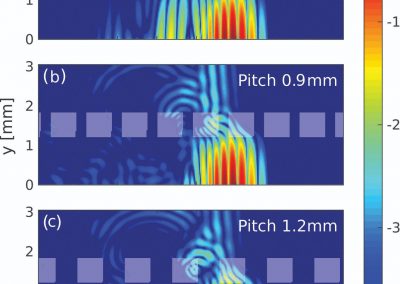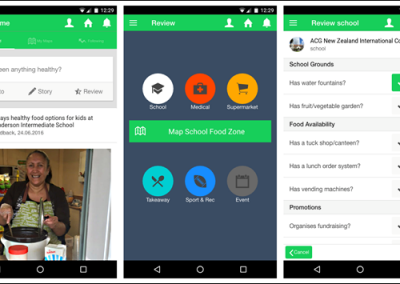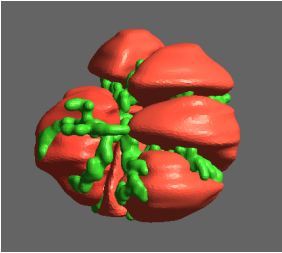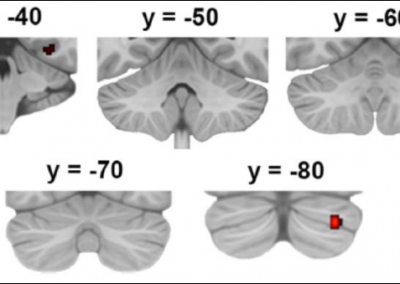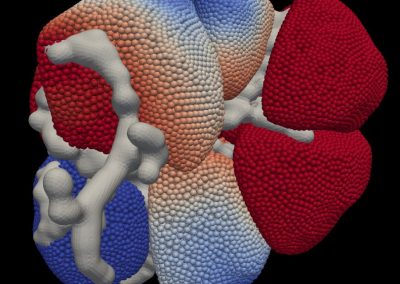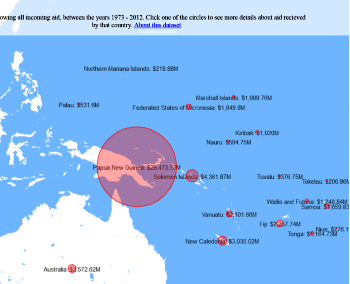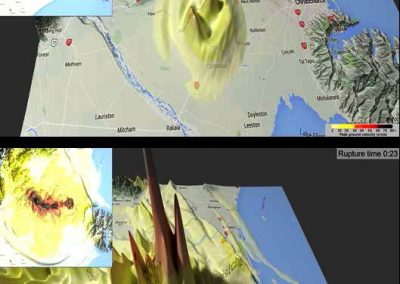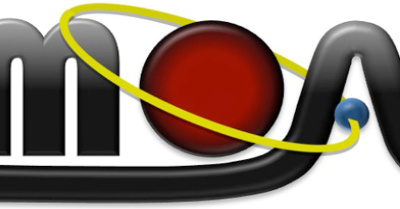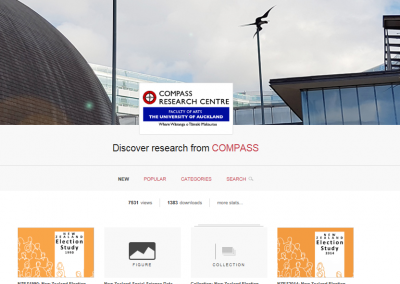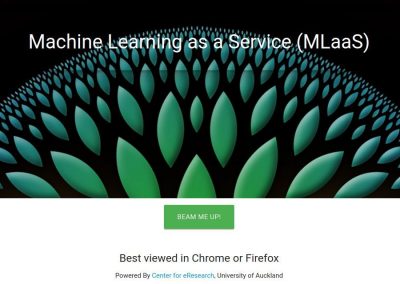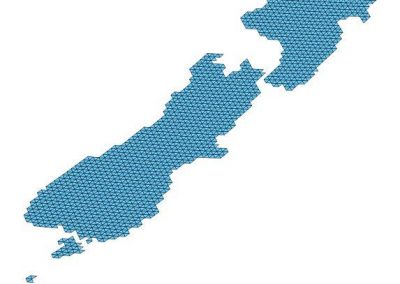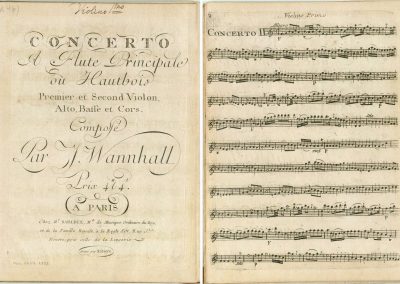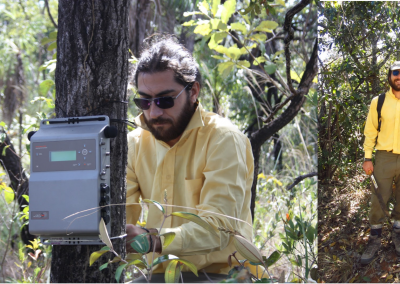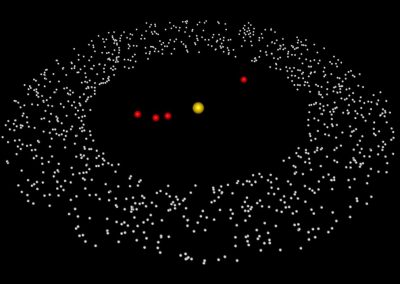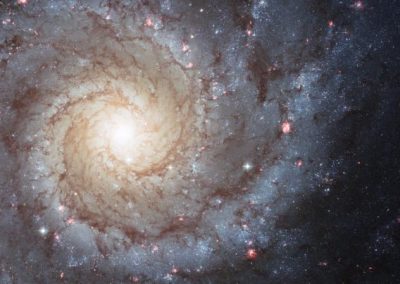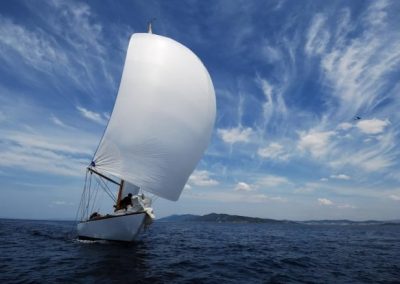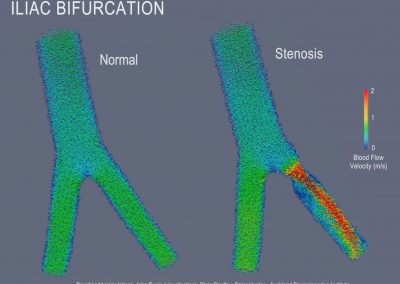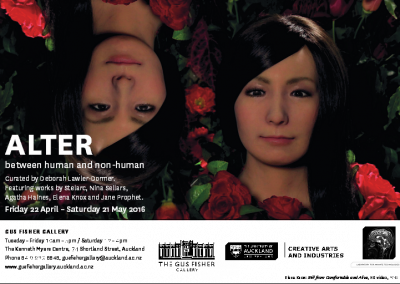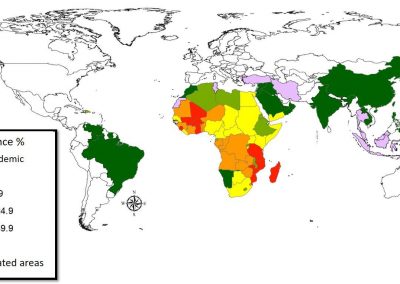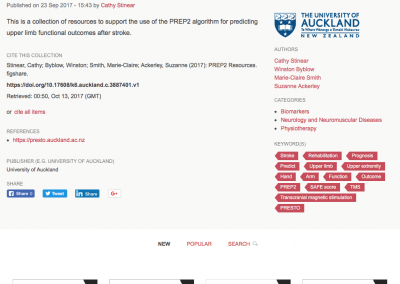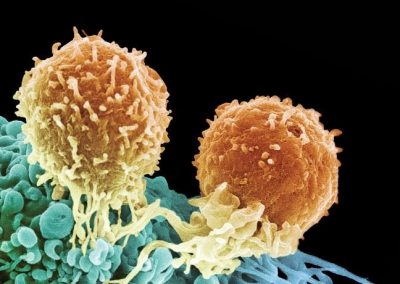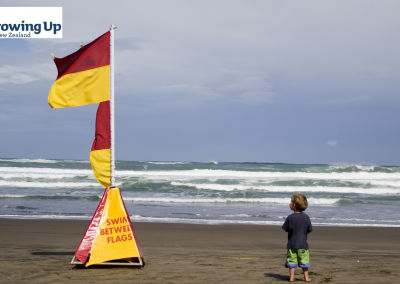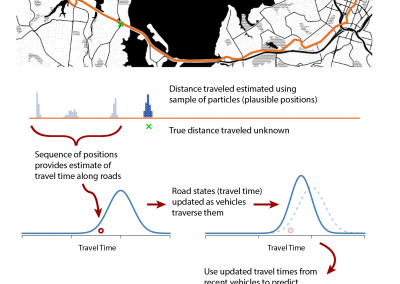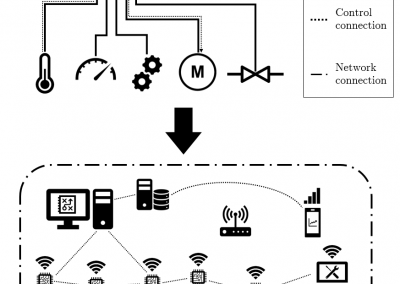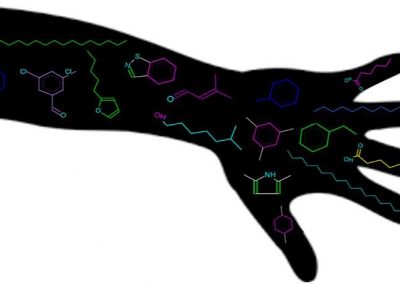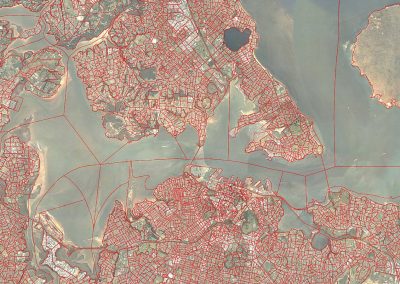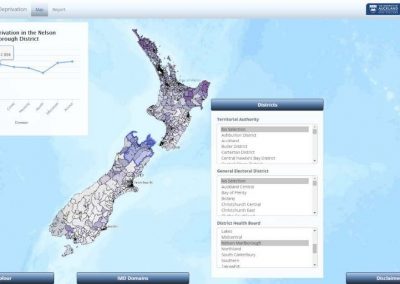
Virtual childhood obesity prevention laboratory
Professor Ni Mhurchu, Programme Leader, Population Health. University of Auckland. Deep learning & analytics provided by Sina Masoud-Ansari, Research IT Specialist, Centre for eResearch, University of Auckland
Introduction
Obesity is a complex system operating at many levels, containing a diverse set of actors, and operating via different mechanisms and operative pathways. These characteristics suggest the need for new and more dynamic methods to better understand determinants and identify solutions. Typically a “reductionist” approach has been taken in obesity research, which involves studying individual decontextualised risk factors that operate at one level only and don’t account for interrelatedness and reciprocity between exposures. In contrast, “systems thinking” suggests that complex, dynamic systems, which feature multiple interdependent components whose interactions may include feedback, non-linearity and lack of centralised control, are best understood holistically. A systems approach can thus complement other obesity research by adding dimensions that reductionist approaches cannot. The Kids’ Cam study, funded as part of Professor Ni Mhurchu’s HRC Programme (13/724), provides a unique source of data to build a simulation model of New Zealand children’s food and activity environments. The dataset contains four days of data from 169 ethnically and socio-economically diverse NZ children on where they go (GPS data), what they see and who they interact with (1.3 million images collected using automated, wearable cameras).
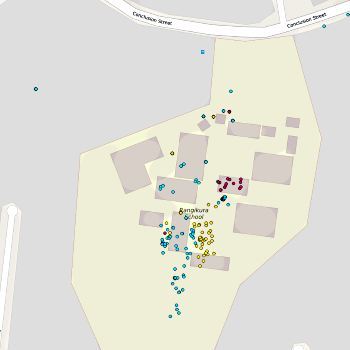
Figure 1. Distribution of food and drink exposure within a school. Healthy food shown in blue, snack foods shown in yellow, sugary drinks and juices shown in red.
Kids’Cam
The Kids’ Cam data provide key insights into some of the exposures and interactions that are needed to build better simulation models, i.e. information on children aged 11-13 years and their schools, homes and exposure to advertising and use of local food outlets can all be extracted from this data. Demographic data from the Kids’Cam study sample could be used to assign characteristics to virtual children and GPS data collected on children’s movements during the study could be used to assign typical travel routes around the neighbourhood. Our aim in this project is to develop, test and validate the recognition and extraction methods that are needed as a precursor to simulation modelling. The resulting datasets of GPS routes and exposure to fast food branding will provide the necessary starting point for building simulation models of exposure and using model experiments to assess the potential impact of new policies or interventions.
Automated classification and data integration
The Centre for eResearch provides the expertise in automated image classification, data integration and spatial analysis. Manually annotating images in the Kids’Cam data is labour intensive due to the large number of images. The Centre for eResearch investigated the potential for automated classification of images to reduce the effort required to extract data for this and future data sets. We used the NVIDIA DIGITS deep learning toolkit to train classifiers with above 90% accuracy for some features of interest such as whether the image was taken at school, in a supermarket or at home and whether the image contains particular food or drink items. We are currently looking at ways to detect instances of marketing exposure to specific brands such as Coca-Cola.
By combining information from the annotated images and the associated GPS records of children’s activities, we can create maps of exposure to food/drink items of interest (see Figure 1). These datasets will create the foundation for future projects which aim to create simulation models of children’s activities and the effect of policy decisions on exposure and obesity.
See more case study projects

Our Voices: using innovative techniques to collect, analyse and amplify the lived experiences of young people in Aotearoa
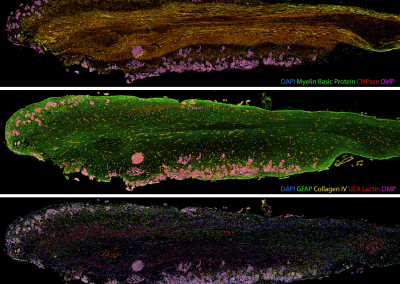
Painting the brain: multiplexed tissue labelling of human brain tissue to facilitate discoveries in neuroanatomy
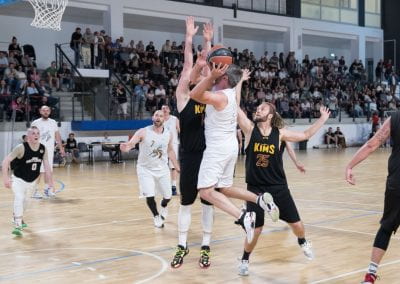
Detecting anomalous matches in professional sports: a novel approach using advanced anomaly detection techniques
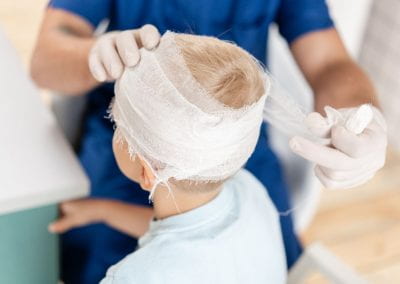
Benefits of linking routine medical records to the GUiNZ longitudinal birth cohort: Childhood injury predictors
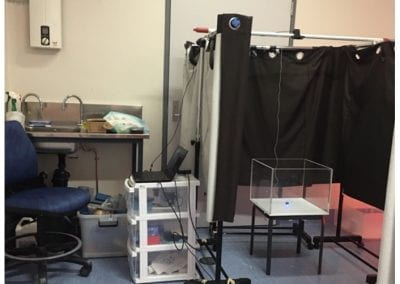
Using a virtual machine-based machine learning algorithm to obtain comprehensive behavioural information in an in vivo Alzheimer’s disease model
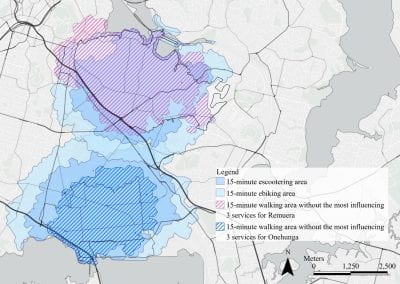
Mapping livability: the “15-minute city” concept for car-dependent districts in Auckland, New Zealand
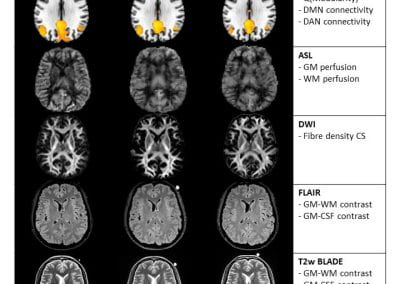
Travelling Heads – Measuring Reproducibility and Repeatability of Magnetic Resonance Imaging in Dementia
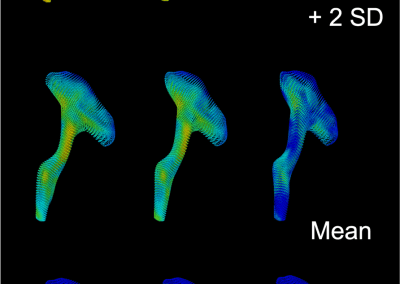
Novel Subject-Specific Method of Visualising Group Differences from Multiple DTI Metrics without Averaging
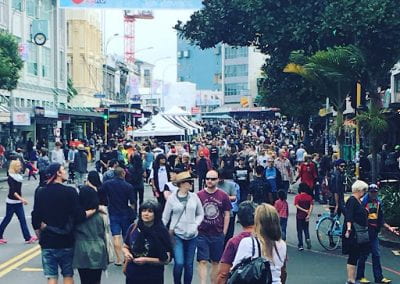
Re-assess urban spaces under COVID-19 impact: sensing Auckland social ‘hotspots’ with mobile location data
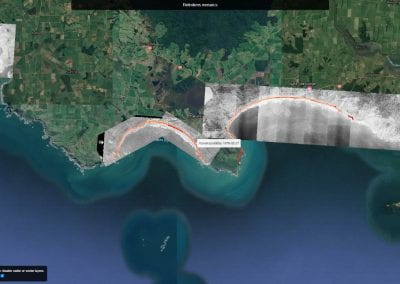
Aotearoa New Zealand’s changing coastline – Resilience to Nature’s Challenges (National Science Challenge)
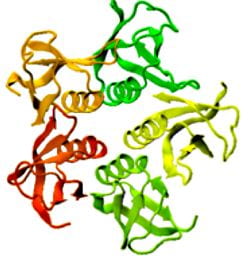
Proteins under a computational microscope: designing in-silico strategies to understand and develop molecular functionalities in Life Sciences and Engineering
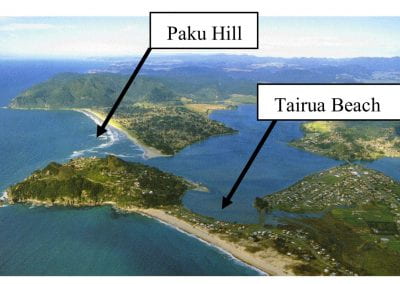
Coastal image classification and nalysis based on convolutional neural betworks and pattern recognition
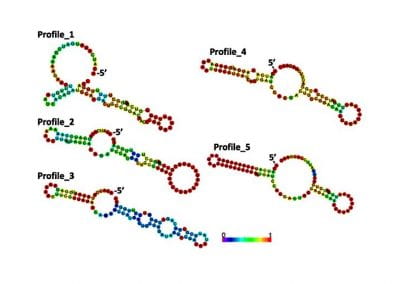
Determinants of translation efficiency in the evolutionarily-divergent protist Trichomonas vaginalis
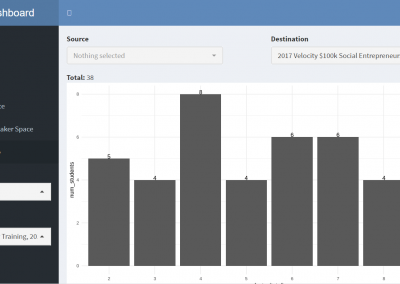
Measuring impact of entrepreneurship activities on students’ mindset, capabilities and entrepreneurial intentions
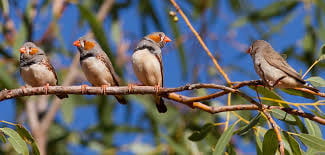
Using Zebra Finch data and deep learning classification to identify individual bird calls from audio recordings
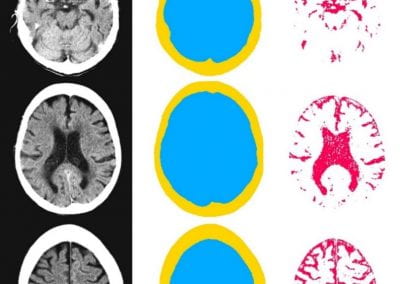
Automated measurement of intracranial cerebrospinal fluid volume and outcome after endovascular thrombectomy for ischemic stroke
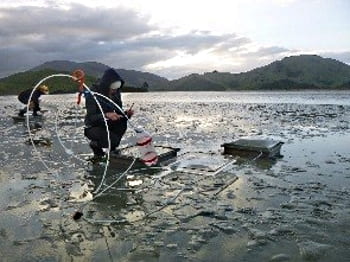
Using simple models to explore complex dynamics: A case study of macomona liliana (wedge-shell) and nutrient variations
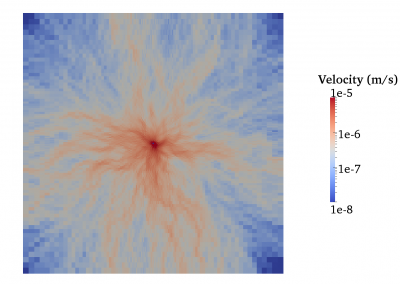
Fully coupled thermo-hydro-mechanical modelling of permeability enhancement by the finite element method
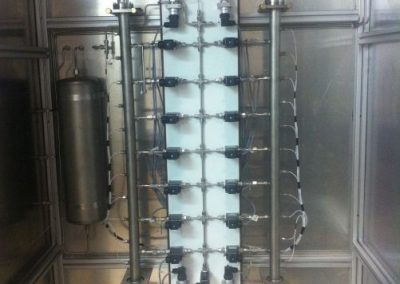
Modelling dual reflux pressure swing adsorption (DR-PSA) units for gas separation in natural gas processing
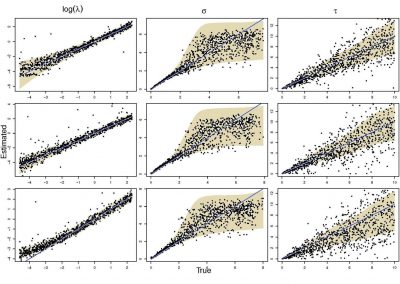
Molecular phylogenetics uses genetic data to reconstruct the evolutionary history of individuals, populations or species
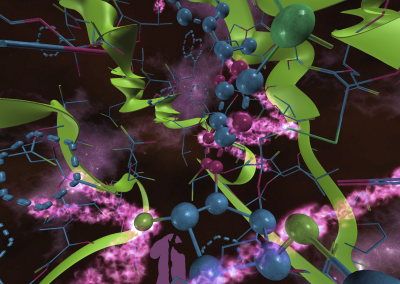
Wandering around the molecular landscape: embracing virtual reality as a research showcasing outreach and teaching tool
